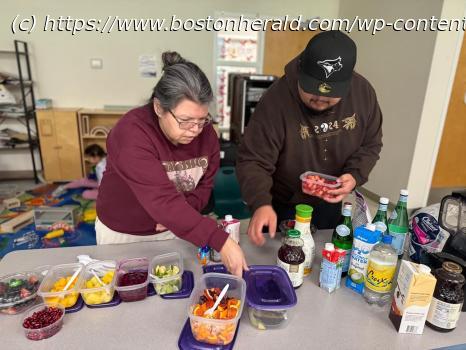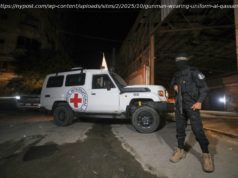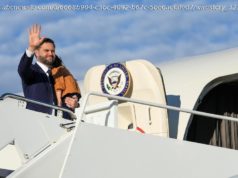Tribes and tribal facilities decide which traditional services to offer for Medicaid reimbursement.
— Art Martinez has seen the power of ceremony.
Martinez, a clinical psychologist and member of the Chumash Tribe, helped run an American Indian youth ceremonial camp. Held at a sacred tribal site in Northern California, it was designed to help kids’ mental health. He remembers a 14-year-old girl who had been struggling with substance use and was on the brink of hospitalization.
On the first day of the four-day camp, Martinez recalled, she was barely able to speak. In daily ceremonies, she wept. The other kids gathered around her. “You’re not alone. We’re here for you,” they’d say.
Traditional tribal healing practices are diverse and vary widely, unique from tribe to tribe. Many include talking circles, sweat lodge ceremonies with special rituals, plant medicine and herb smudging, along with sacred ceremonies known only to the tribe.
Martinez and the girl’s counselor saw her mental health improve under a treatment plan combining tribal traditional healing and Western medicine.
“By the end of the gathering, she had broken through the isolation,” Martinez said. “Before, she would barely shake hands with kids, and she was now hugging them, they were exchanging phone numbers. Her demeanor was better, she was able to articulate.”
Indigenous health advocates have long known the health benefits of integrating their traditional healing practices, and studies have also shown better health outcomes.
Now, for the first time, tribal traditional healing practices are eligible for Medicaid coverage in California and three other states under a new initiative. Last October, the federal government approved Medicaid and Children’s Health Insurance Program coverage of traditional healing practices at tribal health facilities and urban Indian organizations in Arizona, California, New Mexico and Oregon.
These were approved under a federal program that allows states to test new pilot health programs and ways to pay for them.
Arizona’s waiver went into effect this month. While California’s waiver currently only covers patients with substance use disorder, like the girl in Martinez’s camp, any Medicaid enrollee who is American Indian or Alaska Native is eligible in the other three states. Officials have said California’s program will expand to have such coverage in the future.
Under the waivers, each tribe and facility decides which traditional healing services to offer for reimbursement. Services can also take place at sacred sites and not necessarily inside a clinic, explained Virginia Hedrick, executive director of the California Consortium for Urban Indian Health.
“If a healing intervention requires being near a water source — the ocean, creek, river — we can do that,” said Hedrick, who is of the Yurok Tribe and of Karuk descent. “It may involve gathering medicine in a specific place on the land itself.”
Tribes long had to practice out of sight. The U.S. government’s assimilation policies had targeted tribal languages, cultural and religious practices — including healing. It wasn’t until 1978, when the American Indian Religious Freedom Act was enacted under President Jimmy Carter, that they regained their rights.
“It was illegal to practice our ways until 1978 … the year I was born,” said Dr. Allison Kelliher, a family and integrative medicine physician, who is Koyukon Athabascan, Dena. “Traditional healing means intergenerational knowledge that have origins in how our ancestors and people lived generationally to promote health, so it’s a holistic way of looking at well-being.






